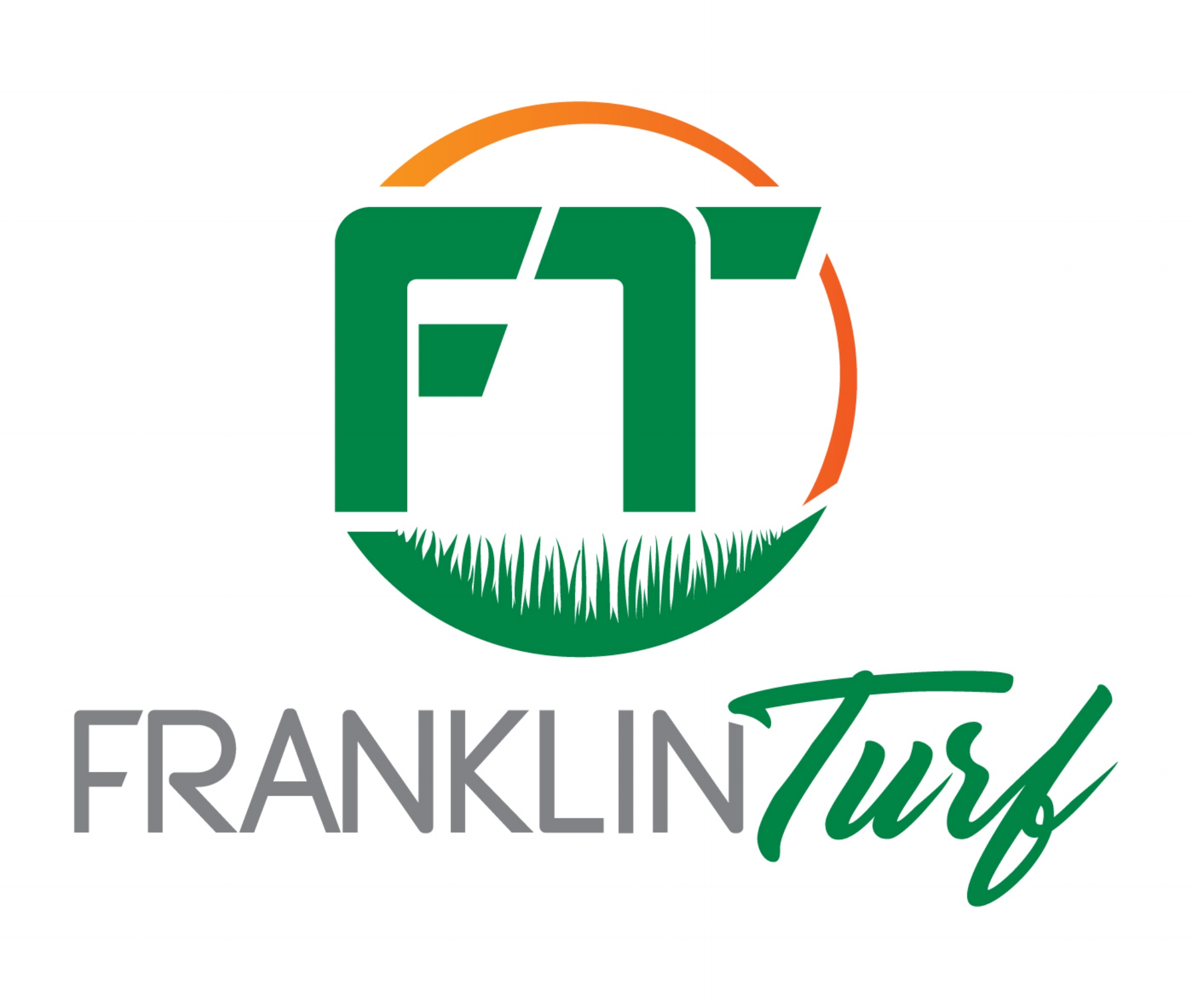Tifway 419 Bermudagrass
Tifway 419 has been the most popular variety of bermudagrass used on athletic fields and golf courses for nearly 50 years. Tifway 419 offers the strength and durability needed to sustain heavy use and its dense, fast spreading growth habit allow for speedy recovery from injury. Dark green in color and a medium-fine textured leaf blade, Tifway 419 offers a beautiful look and feel.
Product Features
- Use: Residential, Commercial, Golf Courses and Sports Fields
- Heat Tolerance: Excellent
- Drought Tolerance: Excellent
- Shade Tolerance: Poor -- requires full sunlight
- Wear Resistance: Excellent -- perfect for high traffic areas
- Disease and Weed Resistance: The aggressive growth habit of Tifway 419 reduce weed and disease pressure tremendously
- Mowing Height: ½” – 2 ½”
General Maintenance
- Fertilization: Apply 2-3 lbs. of Nitrogen per 1000 sq. ft. during the growing season each year. The growing season for Tifway 419 includes the months of June-August.
- Watering: Irrigate to supplement rainfall shortages only. Irrigate with at least 1” of water per week during the growing season. Avoid shallow and frequent irrigation. Apply irrigation in deep, longer increments to promote extensive root penetration. Early morning hours are recommended in order to reduce disease potential. Irrigation must be applied prior to permanent wilting in order to avoid serious injury or permanent damage to the turf.
- Mowing: Should be mowed every 4-7 days during the growing season, depending on use. Mowing frequency will generally increase as the cutting height is lowered. Cut no more than 1/3 of the leaf blade off during a single mowing event. Tifway 419 can be mowed with either reel or rotary mowers. Make certain blades are always sharp, ensuring a smooth cut that will not disrupt the turfgrass uniformity and quality.
Tall Fescue
Tall Fescue is the number one cool-season grass in the state of Virginia. There are over 100 different cultivars of fescues available on the market today. Tall Fescue is considered a bunch-type grass and grows rapidly during the fall and spring. It is also the most heat tolerant of all cool season grasses, including bluegrass and ryegrass.
Product Features
- Use: Residential and Commercial Lawns
- Heat Tolerance: Average
- Drought Tolerance: Very Good – once established, Tall Fescue has the deepest root system of any other cool-season grass
- Shade Tolerance: Excellent
- Wear Resistance: Good
- Disease and Weed Resistance: Average
- Mowing Height: 2”-3 ½”
General Maintenance
- Fertilization: Apply 2-4 lbs. of Nitrogen per 1000 sq. ft. per year. Fertilize during the months of September, October, November, and February.
- Watering: Irrigate to supplement rainfall shortages only. Avoid shallow and frequent irrigation. Apply irrigation in deep, longer increments to promote extensive root penetration. Early morning hours are recommended in order to reduce disease potential. Irrigation must be applied prior to permanent wilting in order to avoid serious injury or permanent damage to the turf.
- Mowing: Mow Tall Fescue at an average height of 3” and it should be mowed at least once a week during the growing season. Mowing frequency will generally increase as the cutting height is lowered. Cut no more than 1/3 of the leaf blade off during a single mowing event. Tall Fescue is generally mowed with rotary blade mowers. Make certain blades are sharp, ensuring a smooth cut that will not disrupt the turfgrass uniformity and quality.
Why Sod?
Provides immediate erosion control. Sod acts as a vegetative barrier before sediment reaches storm drains, rivers, or other important water sources.
Creates an instant greenspace. Whether on a residential lawn or an athletic field or golf course, sod provides instantaneous appeal.
Eliminates weed pressure. Healthy sod “chokes out” invasive sedges, broadleaves, and undesirable grasses.
Eliminates dust and dirt. Dense stands of turf are estimated to trap 12 million tons of dust and dirt released annually into the atmosphere.
Reduces ground temperature. Surface temperatures are proven to be at least 30 degrees cooler than asphalt on a hot summer day.
Establishes year-round. Every season a good season to harvest and install sod.
